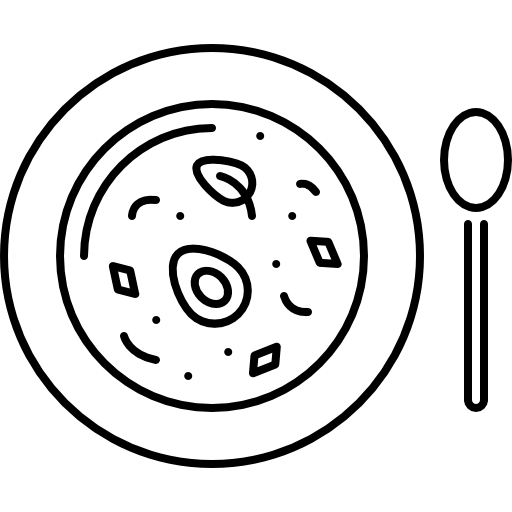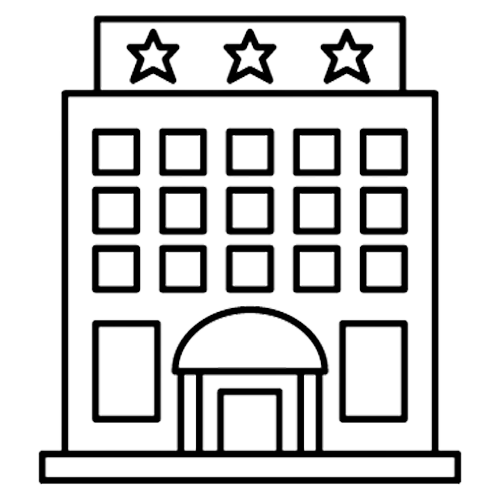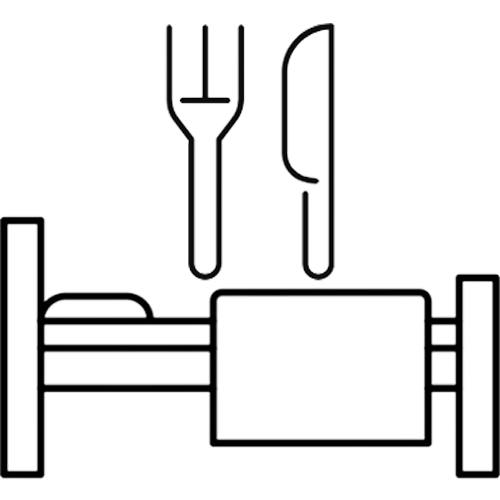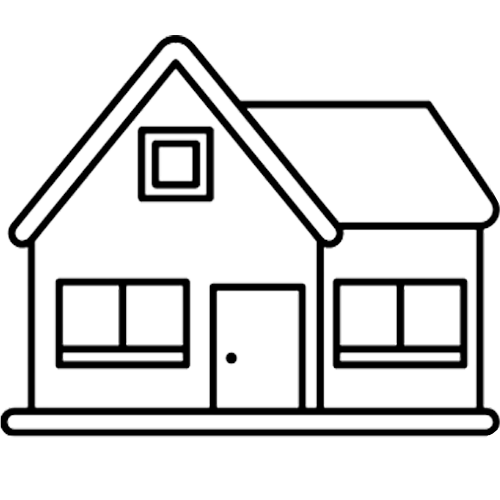Saugos is an ancient Prussian and Curonian settlement with roots dating back more than 600 years. Judging by its name, it may have been an ancient Lamanite or Curonian frontier village that protected its lands from enemy attacks. This may be the origin of the current name of the settlement. The place name Saugen was first mentioned in 1540. After the Second World War, the village was renamed in Lithuanian – Saugos. Major changes took place here throughout the 19th century. A brick Evangelical Lutheran church was built and a police service district was established. A highway and a railway linking Klaipėda with Tilze were built, bringing many economic benefits and stimulating the development of the church village.
The construction of the Saugai house of worship began in 1845. The church is rectangular, red brick with a small tower, tall and massive. The house of worship, decorated by a painter, had a single nave with an apse, a combined altar and pulpit, capacious choir stalls, a 14-rank organ and a single bell.
During the war, the church building was slightly damaged, but the people easily restored it. Nowadays, Evangelical Lutheran services are held here.
The Saugai mill (as an auxiliary to the Vilkyčiai mill) was built in 1908. In Vilkyčiai, one could say, there was not even a mill, but a whole station, which supplied flour to Memel – then Klaipėda. When the capacity of the mill in Vilkyčiai started to run out, it was decided to build another mill in Saugos. The equipment needed for the construction of the Saugos mill was brought by train from Germany. Initially, the mill and the sawmill underneath it were powered by a steam engine, but around 1936, a diesel single-cylinder engine was built. When it was fired up, periodic bursts of smoke from the chimney could be seen from a distance – every 30 seconds. This told people that the mill was turning and the grain was being milled. When electricity became available, an electric motor was built in 1953.
The Saugai mill was built from bricks made in Šilutė. Even today, not a single crack can be seen in them.
The mill has long ceased to be an inseparable symbol of human life and vitality, and its millstones no longer grind grain. However, thanks to the preservation of the region’s heritage, it is important for the region and, perhaps, for the history of mills in Lithuania as a whole in that it has preserved the mill’s authentic technological equipment, as well as the authentic Swedish and German gaters and carriages, right up to this day. Not only the mill, but also the sawmill (which has survived to the present day).
Saugos
Paskutinį kartą redaguota: 2024-06-02





































